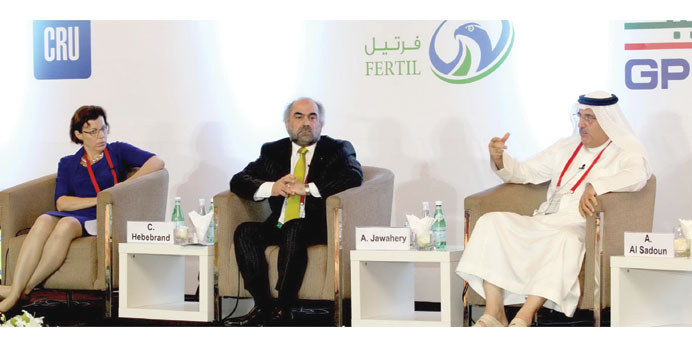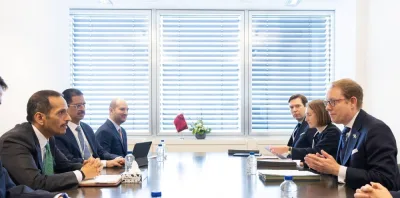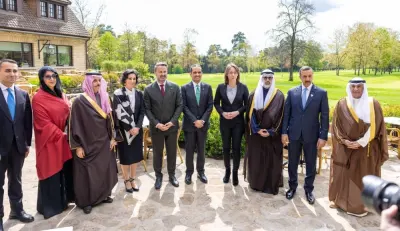Aided by its strategic location between major export markets such as East Asia and the United States, the GCC region has become a “powerhouse” in the global fertilizer trade, said Charlotte Hebebrand, Director General of the International Fertiliser Industry Association (IFA).
Last year, the region’s fertilizer products accounted for 30% of global urea and 16% of ammonia supply, she said at the 4th Annual GPCA Fertilisers Convention in Dubai yesterday.
Hebebrand said: “A key driver for fertiliser demand is an expected global population surge. As global population is expected to reach 9.3bn by 2050, food production will have to increase by 50% in the same period.”
She predicts that the solution to ensuring that people are fed is not only increasing arable land but also increasing the yield of current cultivated land.
“Today, food security is not only about the quantity of food but also quality. We don’t want a ‘hidden hunger’ situation where billions of people are deficient in micronutrients. Fertilizers are able to provide both the quantity of food to feed billions of people, but also quality food that is nourishing.”
GPCA secretary general Dr Abdulwahab al-Sadoun said the GCC fertiliser production was expected to reach 46.4mn tonnes by 2018.
“There are $10bn worth of projects currently in the construction or planning stage in the GCC. Because of this, we expect the region’s fertiliser industry will grow consistently in the next five years,” al-Sadoun said.
The GPCA estimates that the GCC’s fertiliser production capacity reached 31.4mn in 2012. According to the IFA, global fertilizer capacity reached 255.7mn tonnes in 2011, and is expected to grow by 1.8% per year in the next five years.
Meanwhile, the GPCA estimates that GCC fertilizers will grow by 10% every year in the same period.
An abundant supply of natural gas and minerals has enabled fertilizer producers in the Arabian Gulf to play a major role in the supply of nitrogen-based and phosphate-based fertilizers such as urea, ammonia and di-ammonium phosphate (DAP) to global markets.
While analysts have warned of a slowdown in growth due to the availability of cheaper feedstock elsewhere due to the shale gas boom, al-Sadoun notes that the region’s fertilizer products portfolio is already diversifying its mix to produce new grades.
“The GCC will capture a large share of the world’s phosphates trade over the next five years,” said al-Sadoun.
Around 3.7mn tonnes of phosphates are produced in the Arabian Gulf today, accounting for 9% of global phosphate capacity.
By 2018, 8.3mn tonnes of phosphate capacity is expected to come on stream, raising the Gulf’s share of global phosphates to 24%.



